Xiaomi HyperOS 3.0 is the third generation of Xiaomi’s operating system based on Android 16 with native support for Google Android 15, which was released in the fall of 2025.
Xiaomi, Redmi, and POCO phones and tablets that do not support Android 15 will not receive the HyperOS 3.0 update.
HyperOS 3.0 release date
On August 28, 2025, the first public beta version of the new operating system was introduced to the public.
On September 19, 2025, Zhang Guoquan, Director of Xiaomi’s Mobile Software Department, announced the release date of HyperOS 3 and revealed the rollout schedule for the stable version in China.
Official HyperOS 3 release date for the Chinese market:
- By October 15: Xiaomi 15 Ultra, Xiaomi 15S Pro, Xiaomi 15 Pro, Xiaomi 15, Redmi K80 Pro, Redmi K80 Supreme Edition
- By October 31: Xiaomi MIX Flip 2, Xiaomi Civi 5 Pro, Xiaomi Pad 7 Ultra, Xiaomi Pad 7S Pro 12.5, Xiaomi Pad 7 and 7 Pro, Redmi K80, Redmi Turbo 4 and 4 Pro, Redmi K Pad
- By November 15: Xiaomi 14 Ultra, Xiaomi 14 Ultra Titanium, Xiaomi 14 Pro, Xiaomi 14 Pro Titanium, Xiaomi 14, Xiaomi MIX Fold 4, Xiaomi MIX Flip, Xiaomi Civi 4 Pro, Xiaomi Pad 6S Pro 12.4, Redmi K70 Pro, Redmi K70 Supreme Edition, Redmi K70, Redmi K70E, Redmi Pad 2
- December 2025: Xiaomi MIX Fold 3, Xiaomi 13 Ultra, Xiaomi 13 Pro, Xiaomi 13, Xiaomi Pad 6 Pro, Xiaomi Pad 6 Max 14, Redmi K60 Pro, Redmi K60 Supreme Edition, Redmi K60, Redmi Turbo 3, Redmi Note 15 Pro Plus, Redmi Note 15 Pro, Redmi Note 15, Redmi Note 14 Pro Plus, Redmi Note 14 Pro, Redmi Note 14 5G, Redmi Note 13 Pro Plus, Redmi Note 13 Pro, Redmi Note 13R Pro, Redmi Note 13 5G, Redmi Note 13R
- January 2026: Xiaomi MIX Fold 2, Xiaomi 12S Ultra, Xiaomi 12S Pro, Xiaomi 12S, Xiaomi 12 Pro, Xiaomi 12, Xiaomi Civi 3, Xiaomi Civi 2, Redmi K50 Supreme Edition, Redmi Note 15R, Redmi Pad Pro 5G, Redmi Pad Pro, Redmi Note 12 Turbo, Redmi Note 12T Pro, Redmi 14C, Redmi 14R 5G
The first devices to receive the stable HyperOS 3 version were the Xiaomi Pad 8 and Pad 8 Pro tablets.
The official release date of HyperOS 3 on the global market is September 24, 2025. On this day, Xiaomi introduced HyperOS 3 Global, announced when it would be released worldwide, and published the list of compatible devices.
Official release dates for global HyperOS 3:
- Starting October — November 2025: Xiaomi 15T Pro, Xiaomi 15T, Xiaomi 15 Ultra, Xiaomi 15, Xiaomi MIX Flip, REDMI Note 14 Pro Plus 5G, REDMI Note 14 Pro 5G, REDMI Note 14 Pro, REDMI Note 14, POCO F7 Ultra, POCO F7 Pro, POCO F7, POCO X7 Pro Iron Man Edition, POCO X7 Pro, POCO X7, Xiaomi Pad Mini, Xiaomi Pad 7 Pro, Xiaomi Pad 7
- Starting November — December 2025: Xiaomi 14 Ultra, Xiaomi 14, Xiaomi 14T Pro, Xiaomi 14T, REDMI Note 13 Pro, REDMI 15, REDMI 14C, REDMI 13, REDMI 13x, POCO F6 Pro, POCO F6, POCO X6 Pro, POCO M7, POCO M6 Pro, POCO M6, POCO C75, Xiaomi Pad 6S Pro 12.4, REDMI Pad 2 Pro 5G, REDMI Pad 2 Pro, REDMI Pad 2 4G, REDMI Pad 2
- Starting December 2025 — March 2026: Xiaomi 13 Ultra, Xiaomi 13 Pro, Xiaomi 13, Xiaomi 13T Pro, Xiaomi 13T, Xiaomi 13 Lite, Xiaomi 12 Pro, Xiaomi 12, Xiaomi 12T Pro, POCO F5 Pro, POCO F5, POCO X6, POCO M7 Pro 5G, POCO C85, REDMI Note 14 5G, REDMI Note 14S, REDMI Note 13 Pro+ 5G, REDMI Note 13 Pro 5G, REDMI Note 13 5G, REDMI 15 5G, REDMI 15C 5G, REDMI 15C, REDMI Pad Pro 5G, REDMI Pad Pro, REDMI Pad SE 8.7 4G, REDMI Pad SE 8.7, POCO Pad
The timeline may shift due to the specifics of the regional rollout of the operating system and challenges that arise during testing.
HyperOS release schedule:
- HyperOS 1.0 was officially presented on October 26, 2023 (based on Android 14 with support for 13).
- HyperOS 2.0 was released on October 29, 2024 (based on Android 15 with support for 14).
- HyperOS 3.0 — September 24, 2025 (based on Android 16 with support for 15).
From this, it can be concluded that the global HyperOS 3 will be released in India in October–November 2025. The Indian version usually launches together with the global or European version.
The first to receive the update will be Xiaomi, REDMI and POCO flagships, after which the firmware will be gradually rolled out to mid-range smartphones and tablets. In the second half of 2026, all other eligible devices will be updated.
At the moment, many devices are undergoing beta testing. HyperOS 3 Beta release schedule:
| Release Date | Devices |
|---|---|
| August 29, 2025 | Xiaomi 15, Xiaomi 15 Pro, Xiaomi 15S Pro, Xiaomi 15 Ultra, Redmi K80 Pro, Redmi K80 Extreme Edition, Xiaomi Pad 7 Pro, Xiaomi Pad 7S Pro 12.5 |
| September 17, 2025 | Xiaomi Mix Flip 2, Redmi K80, Xiaomi Pad 7, Xiaomi Pad 7 Ultra, Redmi K Pad, Xiaomi TV S Pro Mini-LED, Xiaomi TV S Pro Mini-LED 2025 |
| September 30, 2025 | Xiaomi Mix Fold 4, Xiaomi Mix Flip, Xiaomi 14, Xiaomi 14 Pro, Xiaomi 14 Ultra, Redmi K70 Pro, Redmi K70, Redmi K70E, Xiaomi Pad 6S Pro 12.4 |
HyperOS 3 device list
It is reliably known that Android 16 is already being tested on the Xiaomi MIX Flip, Xiaomi 14T Pro, Xiaomi 15, Xiaomi 15 Pro, Xiaomi 15 Ultra, Redmi K70 Ultra phones and Xiaomi Pad 7 Pro tablets. These devices will be among the first to receive HyperOS 3.0.
There’s also an official AER list showing which eligible devices will be updated to which version of Android. If Android 16 support is claimed, then the phone is guaranteed to get HyperOS 3.
Xiaomi HyperOS 3.0 eligible devices listed below.
Which Xiaomi phones will get HyperOS 3.0
- Xiaomi 15, Xiaomi 15 Pro, Xiaomi 15S Pro, Xiaomi 15 Ultra
- Xiaomi 14, Xiaomi 14 Pro, Xiaomi 14 Pro Ti Satellite, Xiaomi 14 Ultra, Xiaomi 14T, Xiaomi 14T Pro
- Xiaomi 13, Xiaomi 13 Pro, Xiaomi 13 Lite, Xiaomi 13 Ultra, Xiaomi 13T, Xiaomi 13T Pro
- Xiaomi 12, Xiaomi 12T, Xiaomi 12T Pro, Xiaomi 12S, Xiaomi 12S Pro, Xiaomi 12S Ultra, Xiaomi 12 Pro, Xiaomi 12 Pro Dimensity
- Xiaomi Civi 2, Xiaomi Civi 3, Xiaomi Civi 4 Pro, Xiaomi Civi 5 Pro
- Xiaomi MIX Flip, Xiaomi MIX Flip 2
- Xiaomi MIX Fold 2, Xiaomi MIX Fold 3, Xiaomi MIX Fold 4
- Xiaomi Pad 6 Max 14, Xiaomi Pad 6 Pro, Xiaomi Pad 6S Pro 12.4
- Xiaomi Pad 7, Xiaomi Pad 7 Pro, Xiaomi Pad 7 Ultra, Xiaomi Pad 7S Pro 12.5
- Xiaomi Pad 6 Pro, Xiaomi Pad 6 Max 14, Xiaomi Pad 6S Pro 12.4
You can download the new version, track the release status of Xiaomi HyperOS 3 firmware on the Xiaomi update status page. There you can also find an explanation of why only these models are included in the list.
It is important to note that not all of the above phones will receive the Android 16 update. For example, the Xiaomi 13 Lite will not get Android 16, but since HyperOS 3 natively supports version 15, the smartphone will be updated.
The Xiaomi 12 range won’t be fully updated, as support for the Xiaomi 12X has officially ended and the maximum version for the Xiaomi 12 Lite is Android 14 (HyperOS 3.0 doesn’t support it).
Older smartphones and tablets, including the Xiaomi Pad 6S Pro 12.4, will continue to run on the previous generation of the operating system.
Which REDMI phones will get HyperOS 3.0
- REDMI K80, REDMI K80 Pro
- Redmi K70, Redmi K70E, Redmi K70 Pro, Redmi K70 Ultra
- Redmi K60, Redmi K60E, Redmi K60 Pro, Redmi K60 Ultra
- Redmi K50 Ultra
- REDMI Note 15 5G, REDMI Note 15 Pro 5G, REDMI Note 15 Pro Plus 5G, REDMI Note 15R
- Redmi Note 14 4G, Redmi Note 14 5G, Redmi Note 14S, Redmi Note 14 Pro 4G, Redmi Note 14 Pro 5G, Redmi Note 14 Pro Plus 5G
- Redmi Note 13 4G, Redmi Note 13 Pro 4G, Redmi Note 13 NFC, Redmi Note 13 5G, Redmi Note 13 Pro 5G, Redmi Note 13 Pro Plus 5G, Redmi Note 13R, Redmi Note 13R Pro
- Redmi Note 12 4G, Redmi Note 12 4G NFC, Redmi Note 12 Discovery, Redmi Note 12 Pro Speed, Redmi Note 12 Turbo, Redmi Note 12T Pro, Redmi Note 12S
- REDMI Turbo 3, REDMI Turbo 4, REDMI Turbo 4 Pro
- REDMI 15 4G, REDMI 15 5G, REDMI 15C, REDMI 15C 5G, REDMI 15R 5G
- Redmi 14C, Redmi 14C 5G, Redmi 14R 5G
- Redmi 13, Redmi 13 5G, Redmi 13C, Redmi 13C 5G, Redmi 13R 5G
- Redmi 12, Redmi 12 5G
- Redmi A4 5G, Redmi A3 Pro
- Redmi Pad 2, Redmi Pad 2 4G, Redmi Pad Pro, Redmi Pad Pro 5G, Redmi Pad SE 8.7 4G, Redmi Pad SE 8.7 5G
- REDMI K Pad
You can download the new version and track the release status of REDMI HyperOS 3 firmware on the update status page. There you can also find an explanation of why only these specific models are included in the list.
The Redmi K50 series smartphones will not receive HyperOS 3. Perhaps the exception will only be made for the Redmi K50 Ultra, we will have to wait for official information.
The Redmi Note 12 series will be partially updated: for the Redmi Note 12 5G, 12 Pro 5G and 12 Pro Plus 5G, the maximum version is Android 14, which is not supported by the new HyperOS 3. The situation is similar for the Redmi Pad and Redmi Pad SE tablets. Forget about the older Redmi Note models, as well as the Redmi 12C and the rest of the oldies.
The Redmi Note 12 Pro 4G and Redmi Note 12R are on MIUI 13 and the chances of them getting an update are next to nil.
The Redmi A3 and A3x run on Android Go and are therefore not eligible for the update.
Which POCO phones will get HyperOS 3.0
- POCO F7, POCO F7 Pro, POCO F7 Ultra
- POCO F6, POCO F6 Pro
- POCO X7, POCO X7 Pro
- POCO X6 Pro 5G
- POCO C85
- POCO C75, POCO C75 5G
- POCO M7 4G, POCO M7 Plus 5G, POCO M7 5G, POCO M7 Pro 5G
- POCO M6, POCO M6 Plus 5G
- POCO Pad, POCO Pad 5G
Why only these devices are listed is explained on the POCO update tracker page. Here you can track and download the release of new POCO HyperOS 3 firmware.
There are questions about M6 series phones (POCO M6 Pro 4G, POCO M6 5G, POCO M6 Pro 5G) and F5 series phones (POCO F5, POCO F5 Pro), we have to wait for official information. The situation is similar with the POCO X6 Neo 5G.
POCO C55 and older models will continue to run on the current OS as they don’t even support Android 15.
The POCO C61 smartphone runs on pure Android Go and therefore does not need to be updated.
On our website there is an end of support date listed for many devices. This is the official date when the phone will no longer receive security updates. It has nothing to do with the move to HyperOS 3.0!
You will be able to download HyperOS 3.0 from the links on our website in the second half of 2025, as soon as the first stable versions of official firmware and OTA updates are released.
The full list of devices, including the HyperOS 3 update exclusions, will be revealed after the official presentation of the OS.
HyperOS 3.0: What’s new
Xiaomi HyperOS 3 has received significant visual and functional changes, including an improved desktop, expanded lock screen customization, and a new interactive Super Island panel.
Xiaomi claims that HyperOS 3 delivers up to a 30% performance improvement compared to the previous version — this includes better energy efficiency, smoother interface operation, and faster touch response and app launches. As part of the update, Xiaomi engineers redesigned more than 100 animations, reducing rendering load and improving animation stability.
An example of reduced power consumption when playing short videos:
Xiaomi Super Island is an analogue of Apple’s Dynamic Island, but with notable improvements. Instead of the usual format where notifications line up in a queue or hide in the status bar, here they turn into interactive “islands.” Up to three such elements can be displayed on the screen at the same time, which is convenient when handling multiple tasks simultaneously.
Super Island allows you to interact with notifications without being distracted from your current activities. For example, while chatting in a messenger, you can simultaneously see the delivery status, track flight information, or answer an incoming call directly in a separate “island.” Important notifications remain visible and do not get lost among other messages.
Additionally, there is a feature to “pull out” a notification: you can expand the necessary information over other apps and then easily minimize it back. For instance, a boarding pass at the airport, a ticket QR code, or a travel route will always be at hand without the need to switch between apps.
The lock screen has received expanded customization options: different clock styles and wallpapers are available, including dynamic backgrounds created with AI.
The Gallery app in HyperOS 3 has gained new photo sorting options and can now recognize dog and cat faces, automatically creating a separate album for pets.
Tablets have received more flexible window management, making multitasking easier. Transferring photos, videos, files, and Wi-Fi passwords between two Xiaomi, Redmi, or POCO smartphones is now possible with just a simple tap between devices.
HyperOS 3 also introduces a feature to cast the smartphone screen to a Mac or iPad with mouse control — an analogue of the AirPlay function on iPhone and macOS. It works through the Xiaomi Internet Service app on iPadOS and macOS.
Similarly, Xiaomi Internet Service for Windows works by connecting smartphones on HyperOS 3 with computers running Windows 11 or newer. You can instantly share files between devices and control your phone directly from the PC: mirror the screen, launch mobile apps, and more.
In HyperOS 3, system icons have been redesigned: they feature brighter and richer colors, smooth gradients, rounded shapes, and improved contrast.
The updated style looks more modern and makes the interface feel more lively compared to the strict and restrained design of HyperOS 2.
For proper operation, both devices must be connected to the same local network, and the Xiaomi Hushang app must be installed on the smartphone.
Another iOS-inspired feature: after the update, Xiaomi smartphones can be tracked on a map even if they are turned off.
What’s new in HyperOS 3:
- Liquid Glass UI — a new visual interface style inspired by “liquid glass” effects: includes translucent panels, background blur, soft reflections, and shine, creating a sense of depth and smoothness, as if interface elements are made of glass gliding over a surface.
- Updated Control Center — redesigned quick access panel with improved structure, updated toggles, and smoother animations; elements are grouped into logical blocks, the interface is closer to iOS but retains Xiaomi’s signature style.
- Search Bar Removal — the Google search bar is no longer fixed on the home screen, freeing up space for custom widgets, icons, and making the interface more minimalist.
- Based on Android 16 — the system is built on Android 16, giving access to the latest security features, new APIs, improved power efficiency, and support for the newest Android infrastructure standards.
- Smart Island UI — an interface element at the top of the screen that dynamically shows active processes: incoming calls, timers, music playback controls, and app notifications. The island adjusts its shape depending on the type of activity, allowing users to interact with key tasks without switching apps.
- Live Updates — the ability to see app updates (like weather, delivery, messages) directly on icons or widgets without opening the apps — everything works in real time.
- New Photo Picker — a modern image selection tool unified across apps: allows quick finding, sorting, and securing access to specific photos without granting access to the entire gallery.
- Privacy Sandbox — a privacy protection system that limits third-party app data collection; offers detailed ad ID management and prevents hidden tracking.
- Cloud Compilation — a cloud compilation technology where heavy processing (e.g., app launches) is partially offloaded to the cloud, speeding up the system and reducing CPU load.
- AI Features (HyperMind) — a set of intelligent tools, including automatic text suggestions, text generation, predictive actions, and photo editing via neural networks; the system adapts to user habits.
- Battery Optimization — a new AI-powered background task management model that pauses unnecessary processes, predicts activity, and adjusts power usage in real time to extend battery life.
- Camera Improvements — new modes added, including hybrid auto-exposure (light adaptation), manual white balance, Motion Photo (photo with short video), and Ultra HDR support for brighter shots.
- Game Turbo 2.0 — an enhanced gaming mode that stabilizes FPS, reduces device heating, offers extended performance settings, and blocks notifications during gameplay.
- Device Integration — easy connection and control of other Xiaomi devices (phones, tablets, headphones, etc.), including file dragging between screens and support for Auracast and LE Audio for multimedia.
- Themed Icons — adaptive icons that automatically match the system color scheme and wallpaper, creating a consistent visual style across screens.
- Customizable photo album layouts for quick content search.
- Adaptive alarm clock with personalized cycles, convenient for shift schedules.
- AI-powered content recognition with quick access to relevant apps.
- Instant unread message clearing with a single tap.
- Instant device lock by double-tapping the screen.
- Advanced creative camera tools — new watermark styles, built-in photo editing, improved AI scene recognition, and optimized settings.
- Enhanced portrait mode and zoom with smooth scaling, offering more realistic depth and detail.
- API Vulkan — integration of the Vulkan engine for smoother graphics and better performance in games and the interface.
- Adaptive refresh rate and support for full-screen apps, including Ultra HDR support.
- Support for new audio and video codecs for high-quality playback and recording.
Xiaomi also plans to abandon the standard Google Phone (Google Dialer) app. According to recent leaks, Xiaomi is preparing to introduce its own dialer in firmware updates, featuring a refreshed design, smoother animations, and a unified interface style integrated with Xiaomi’s ecosystem services, including Mi Cloud and Xiaomi Contacts.
In line with industry trends, manufacturers such as Samsung, Vivo, and OnePlus have already replaced Google Dialer with their own solutions, offering features unavailable in Google’s version — such as automatic call recording and flexible regional settings. With Google discontinuing support for AOSP versions of the “Dialer” and “Messaging” apps, OEM developers are being pushed to build their own alternatives, and Xiaomi appears to be following this path.
The closer we get to the release of HyperOS 3.0, the more new features we’ll be able to see. We’ll see if it’s worth upgrading when it’s released. But don’t expect anything radically new, as the new OS will be a direct successor to the second generation, with the introduction of Android 16 features.
This material will be updated regularly. Stay tuned for updates!
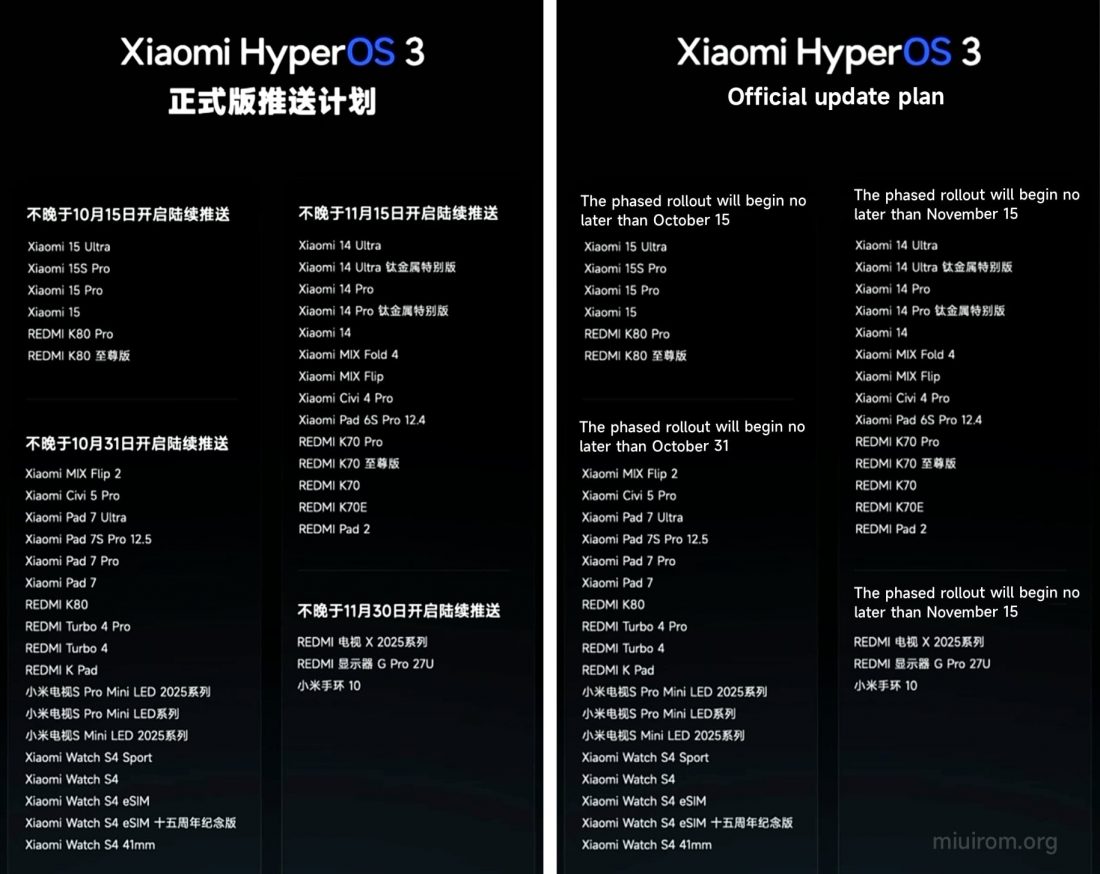
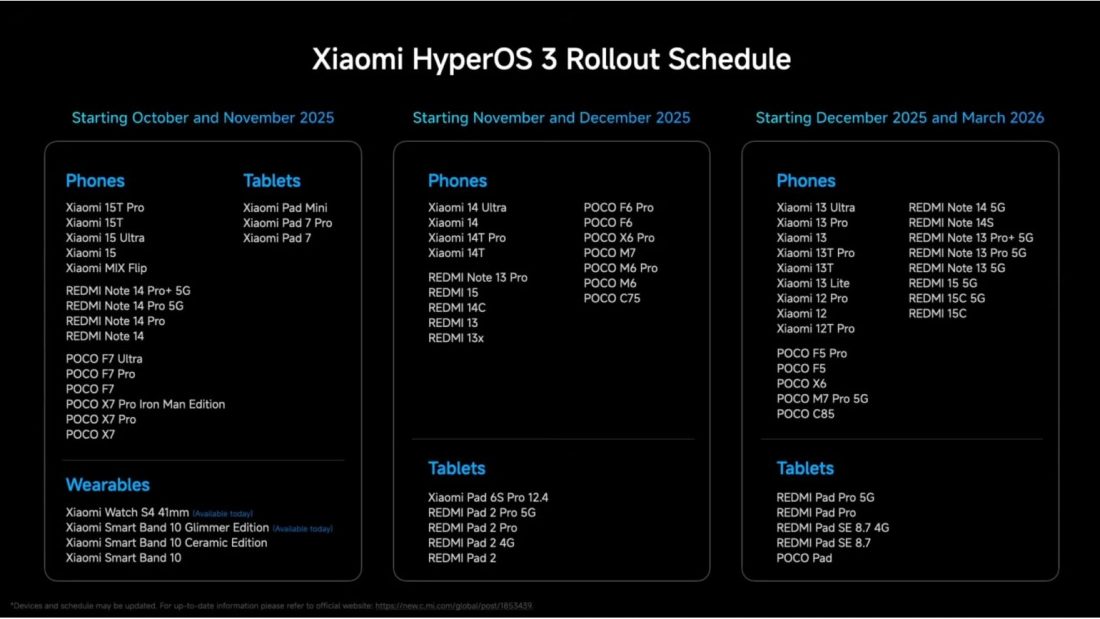
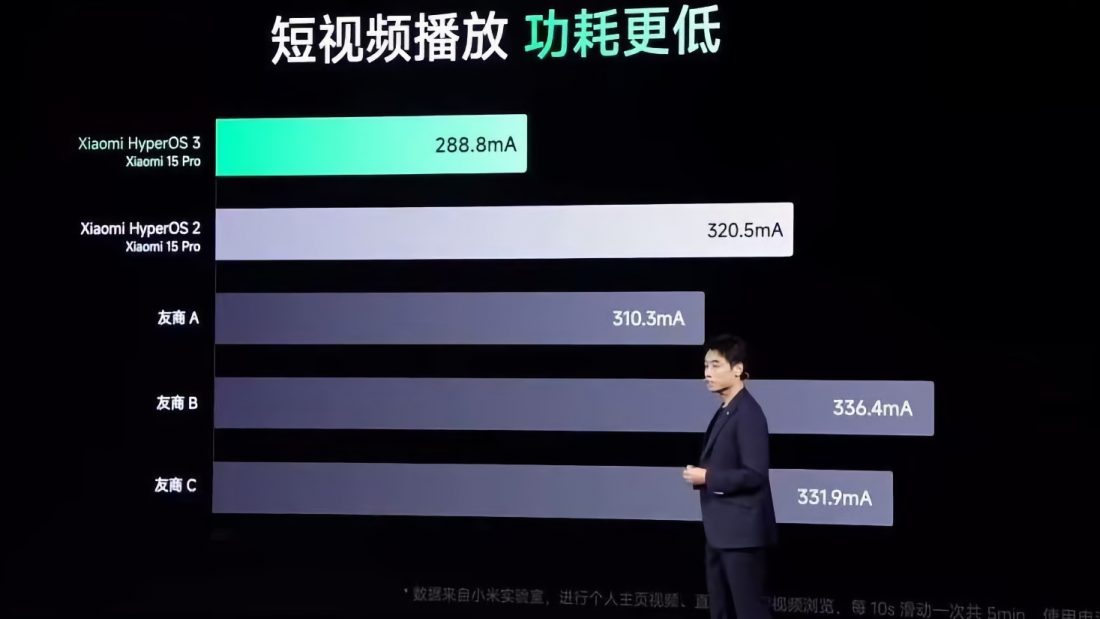
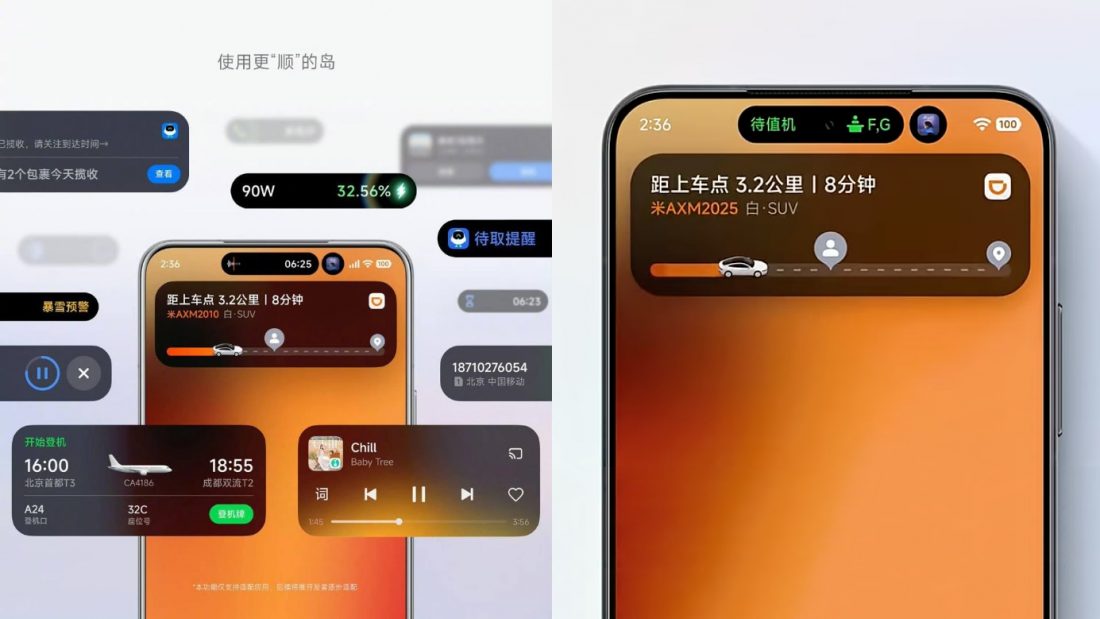
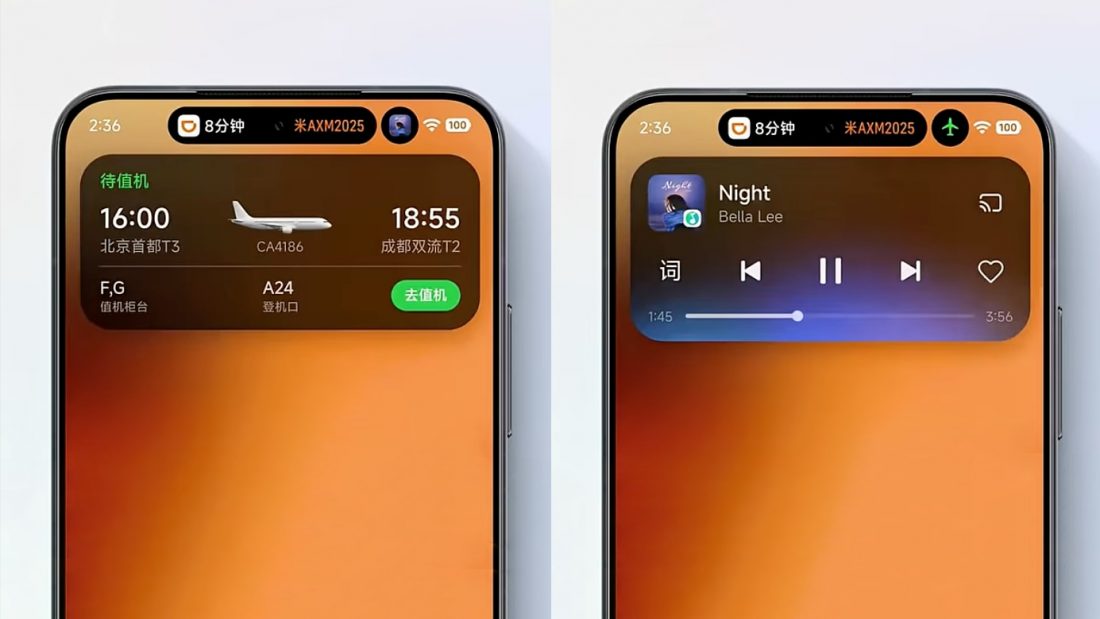
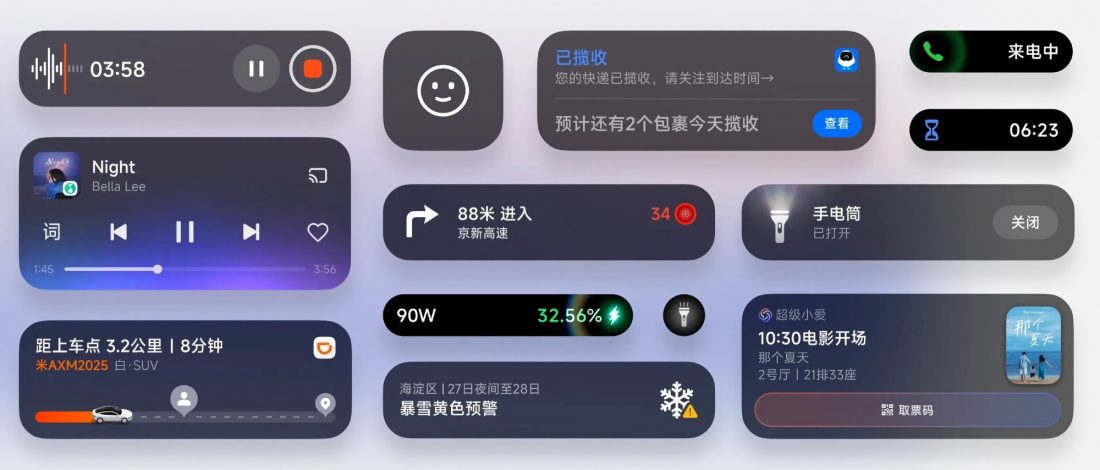


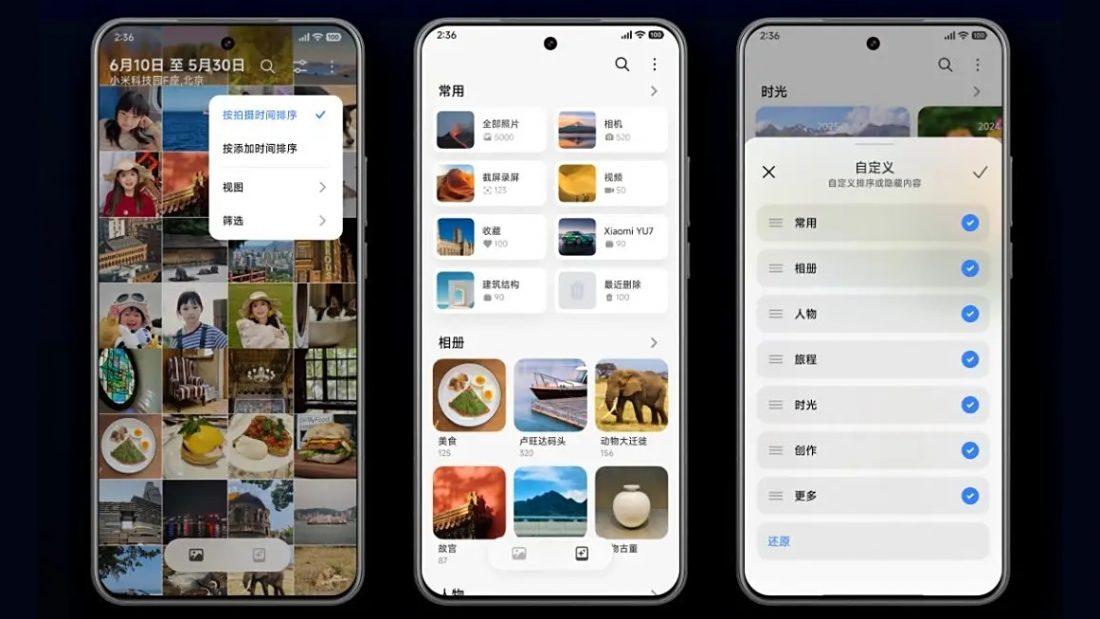
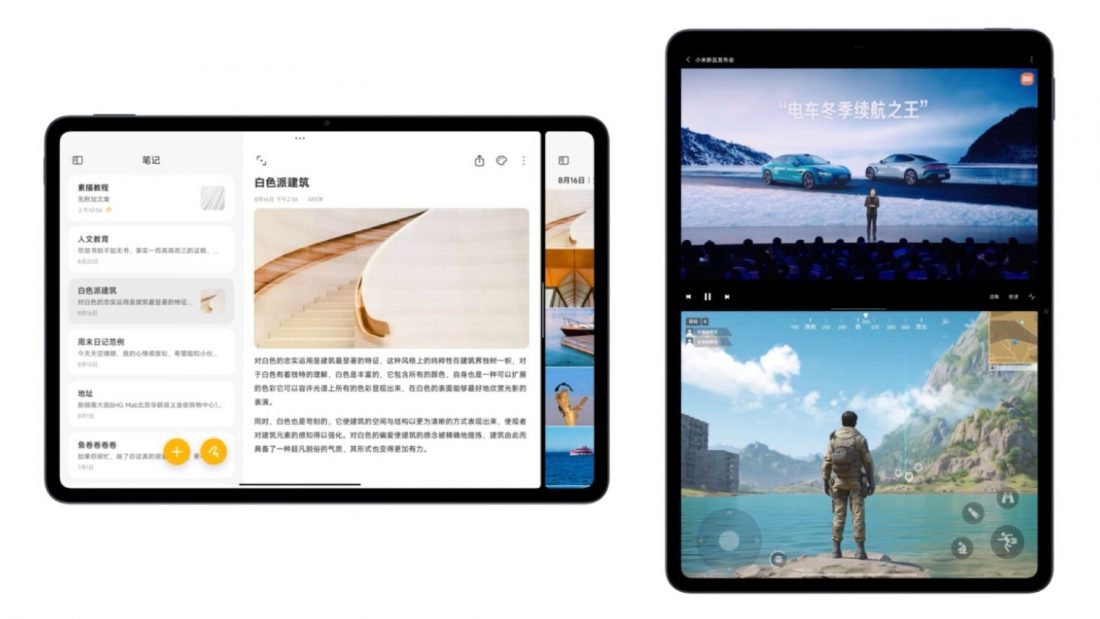
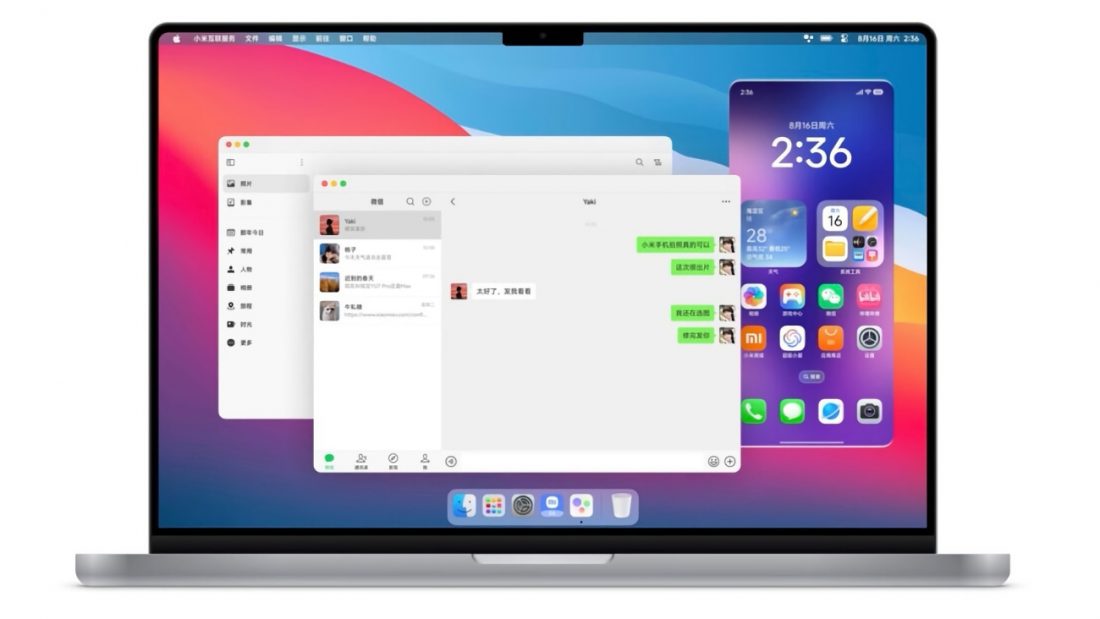
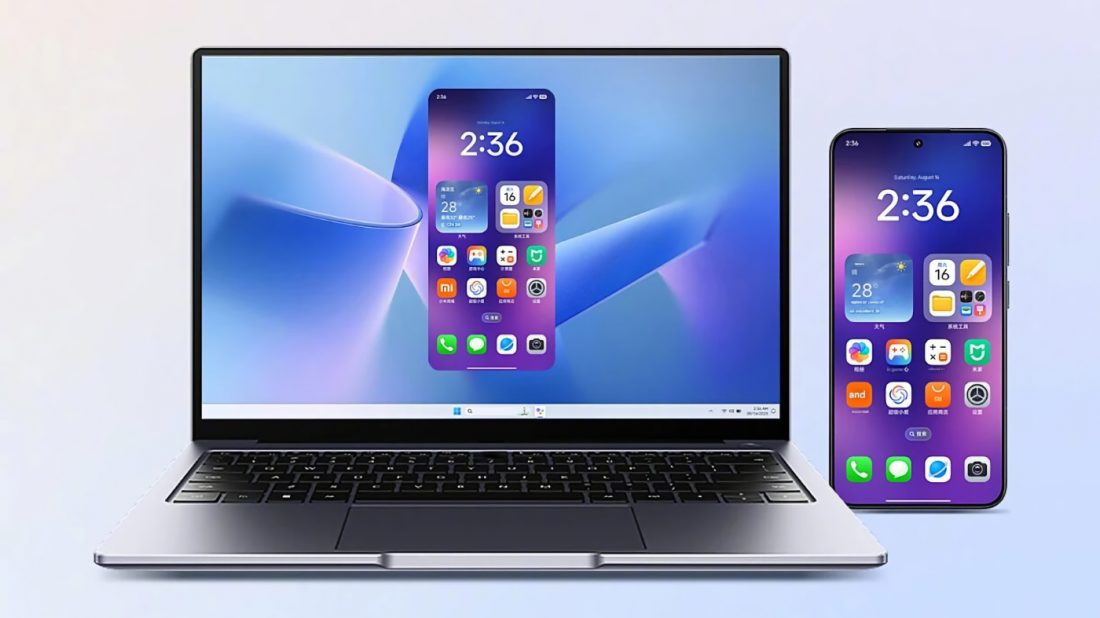
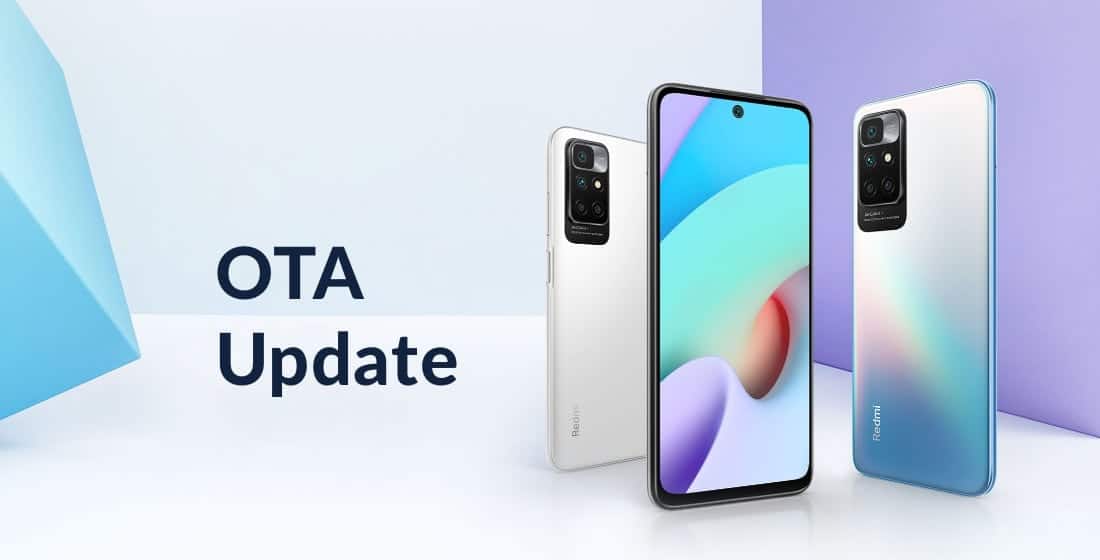
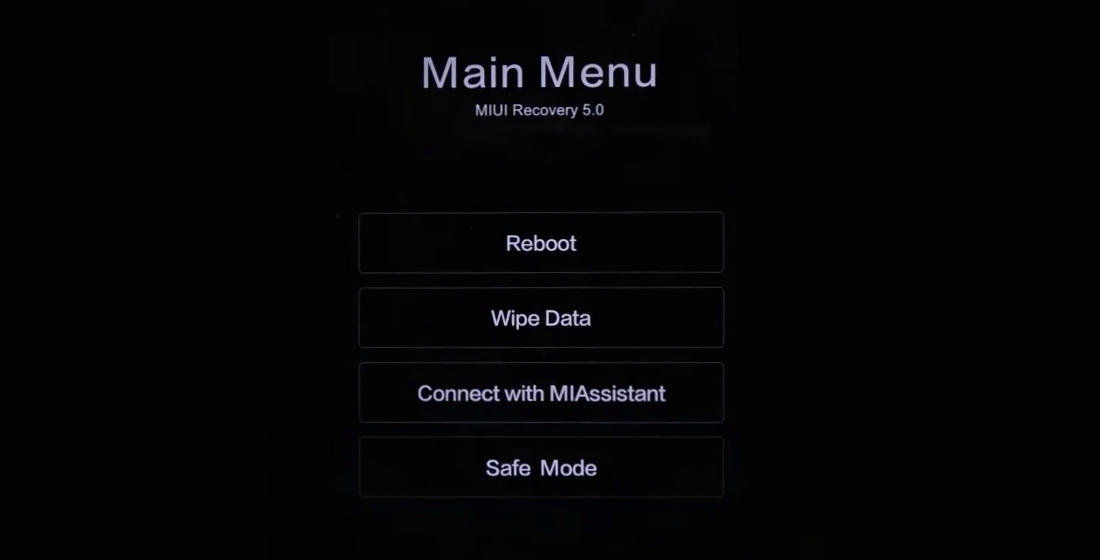
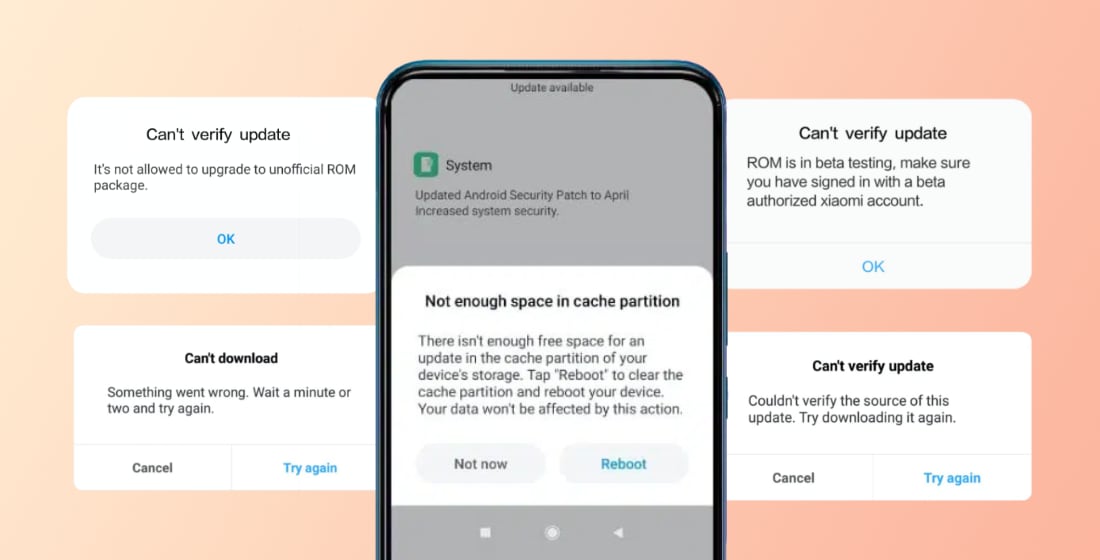











عايز انزل التحديث 16 على شاومي ريدمي 12 في اسرع وقت
There is still no update and its already middle of december 2025. So whats up people? Why the release lies?
Dear team,
I have Poco F7 still not received Hyper Os 3 update. I am from India may I know when would I receive Hyper Os 3 update for the same.
poco c75 still not get any software update yet but in the above context it is shown that it is between NOV- DEC
I am very interested in the hyperos ecosystem and its
software, as well as the connectivity with xiaomi
devices, and I would like to try out the latest features. If
encounter any errors,I will report them.
Xiaomi Redmi note 14 pro plus Chinese version hyper os 3.0 update?
I very like hyper is 3 version but my phone no get
Pls update USB otg support on hyperos,
I’m using note 13 pro 4g and after updating it to hyperos, USB otg not supporting
Îmi place și HyperOS 3.0
Și mai vreau actualizari de android de la 15 la 16 dupa aceea android 17 și apoi android 18 sa vad ce noi îmbunatațiri sunt
When will Xiaomi HyperOS 3 arrive in Redmi Note 13 Pro?
Will Dynamic Island be available on Redmi Note 14 4G with HyperOS 3 update?
Ako si mám stiahnuť hajper os 3 na xiaomi 13T 5g
Zatiaľ nebola vydaná pre váš telefón.
sir i use redmi note 13 5g and redmi note 15 5g i heard that it will get hyper os 3 in the end of december and end of oct which ai feature it has it integrated
HD calling does not activate at all. In fact, I activated it through the SIM card operator and entered the code in the settings. I also activated the HD calling option in the SIM card settings, but it does not activate. This feature is on my Xiaomi 12T phone with a mtk 8100 Ultra processor.
How to update Redmi 14c to Hyperos 3.0
Redimi note 14 4g vai vir ah hyperos3?
What about the Redmi 14C 4G? I found an Xiaomi-intern Beta (OS 3.0.0.1 WGTEUXM) and this is an evidence for that Xiaomi has begun testing HyperOS 3 for the Redmi 14C, possible we could get a eea public beta soon.
When will the HyperOS 3.0 update come on the Redmi 13 phone, when will Android version 16 arrive, and the Hang solution fix?
Hyper3. Update India mein kitne din bad aaega
From 1 to 2 months after release.
Miui gobal version remove to ios version
What about Xiaomi 12 Pro snapdragon? Why only dimensity is mentioned 🥲
We added it to the list because there is a non-zero probability of receiving HyperOS 3. Official information will be available soon.
Eagerly waiting for Mi Dialer and Mi contacts. no other dialer have such functions. Google Dialer is just so boring
Hi!
I’m using Redmi Note 14 Pro+ 5G (HyperOS 2.0.205.0).
Will it get HyperOS 3 (Android 16)?
Approx rollout date globally?
You will find the answer to your question in the text above.
Currently i an using redmi Turbo 4 Pro China version with hyperOS. 2.how i will get hyperOS 3 on my redmi Turbo 4 Pro . Please inform me as soon as possible, Thanks a lot.
You will be able to install the update as soon as the developers release it.
Full screen a.o.d??
Like Apple 🍎
New always on display.
will the global version get this because in the 2 hyper os updates 1,2 we didnt get all the feautures.and i was expecting for them .
These functions are already available in my unlocked and root Redmi Note 14pro+ system now
Currently i an using redmi note 12 4g indian version with hyperOS. 2.how i will get hyperOS 3 on my redmi note 12 4g. Please inform me as soon as possible, Thanks a lot.
Redmi Note 12 4G will likely get the Hyper OS 3 in mid-end of October, although it most probably would not be updated to Android 16, and Hyper OS 3 built on Android 15 (specifically for Redmi 12 series) will be the last ever update your device is getting. Hyper OS 3 is not officially out yet, so stay tuned and turn on notifications.
No, Redmi NOte 12 4G is out of HyperOS android 15 based too.
دانلود هاپیر او اس 3برای گوشی زدمی نت 13 پرو فور4گلوبال اندروید 15
Il mio dispositivo Redmi note 13 Pro 5G non si ancora aggiornato e fermo 1.0.12.0 UNREUXM
Why is my Redmi not getting HyperOS update